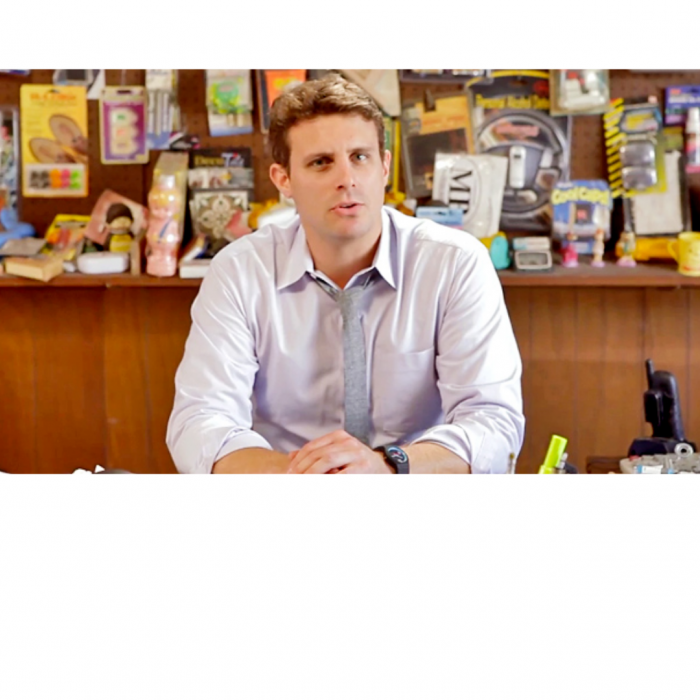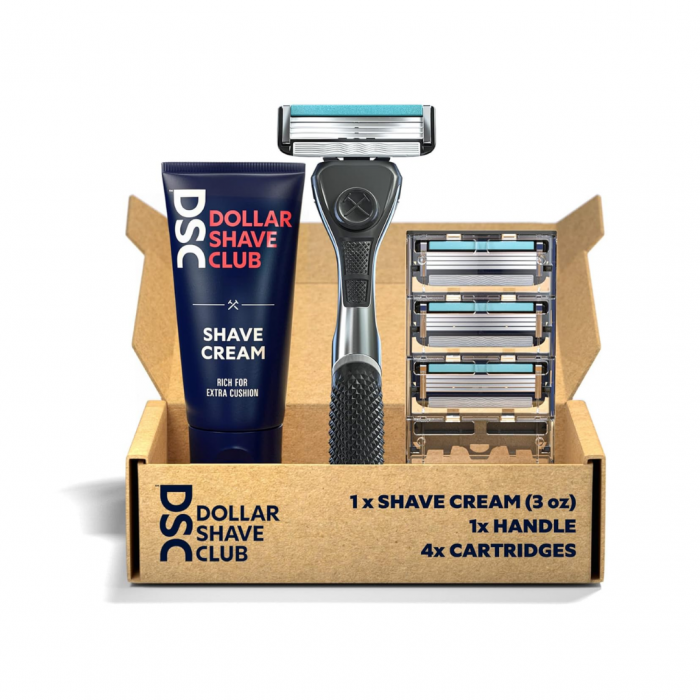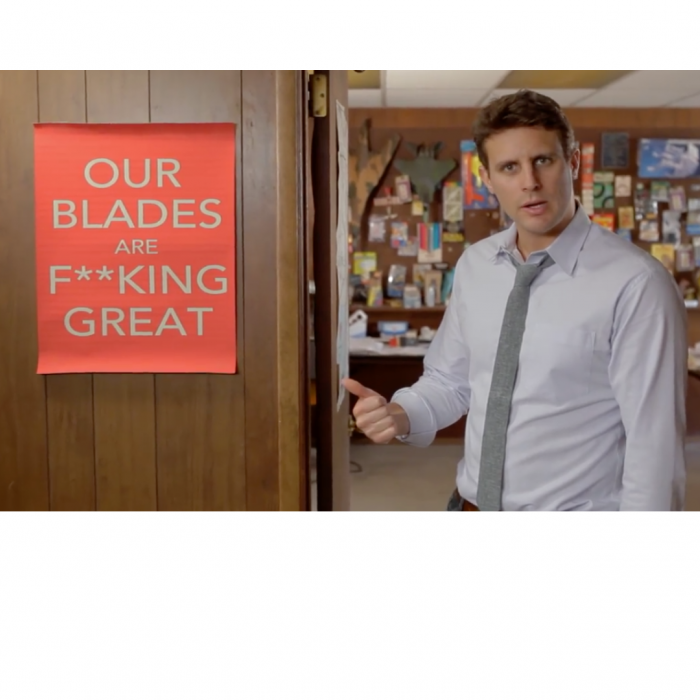We all know the story… The 30-something American guy, who’s naïvity and under qualification is matched only by his good looks and charisma, finds himself taking on an impossible task as he blindly enters a new contest and goes head to head with the established giants; bigger teams with more resources and an intimidating track record of domination so great it’s a pointless escapade.
Yet somehow, through little more than guts and cunning, finds himself taking his team to the top spot against all odds as they all live happily ever after.
That’s right… this is of course the story of The Mighty Ducks in the 1992 cult classic movie.
But it’s also the story of Michael Dubin launching Dollar Shave Club in 2011, who turned a $2,000 ad and a shipping container full of cheap razors into a $1bn Gillette buyout within 5 years.
And whilst the Dollar Shave Club story is incredible enough to warrant it’s very own montage-heavy underdog movie, it’s not completely unique.
In fact, Dubin’s success story is the most famous example of a growing number of modern disrupters, catching the established giants napping by entering stagnant markets with a nimbler business model.
In short, the rise of ecommerce has lowered the entry point to many of the categories that, until now, have been curated by retailers that give bigger brands (who spend more) a pleasant tailwind, protecting them from constant wars with new competitors.
But unlike 20 years ago, anybody with a laptop and a few hours can now set-up a direct-to-consumer brand and, in theory, take the fight to any established category.
Unsurprisingly, not all tales are like that of Dollar Shave Club. Many brands that try, actually fail pretty quickly, one of the main reasons being that people want to be able to buy their shopping when they actually go shopping, rather than running a separate subscription for toilet paper, peanuts and dog food. That’s why many underdogs die.
But each sleeping category only needs just one plucky challenger to convince enough people to drop the £6 razor blades from their weekly shop to catch the attention of the retailers, and reach their actual end game… mass penetration through physical retail listings.
Graze, Tails.com, Dollar Shave Club, Huel... All started selling purely online, making little-to-no money whatsoever in the process, but shaking the tree enough for the market leaders, and their retailers, to feel the effects, ultimately leading to the nimble D2C challenger sitting slap-bang next to the established leader on a supermarket shelf.
Whilst all this makes for a lovely story, there’s more an everyday brand can learn from it that just – ‘it’s not completely impossible for a very lucky David to beat Goliath’.
These brands have gone from non-existent to unforgettable by being braver than the competition, by knowing their enemy and taking the fight to them, by challenging the status quo.
But above all that, they’ve all done it with – ‘Intelligent Naivety’ – the superpower bestowed upon new category entrants to see the market objectively, with fresh eyes and free from the curse of experience.
Whilst the established brands have spent years learning category convention, heard a thousand times why they can’t do X, or why format Y doesn’t work for their audience, or why retailer Z would never go for something.
Instead the challenger sees the category with the refreshing naivety of a customer, often combined with the make-happen intelligence and gusto of the entrepreneur.



For established brands there’s a learning here that you can use for both offense and defense…
Firstly, accept that your view of your brand and your market is tainted by the very nature of working in it. Then recognise that it’s impossible to change that, you’ve seen what you’ve seen and heard what you’ve heard. Now, invest in bringing an objective, naïve view of your brand, and your category, into your business. This doesn’t have to mean employing a Michael Dubin character, instead go one better and listen to the customer, not just through data but through conversations…. Build a plan to bring the objective, honest naivety of your customer into your organisation.
And finally… listen to it.
Rocket maker and part time ecommerce business owner Jeff Bezos famously reserves an empty chair at the table in Amazon’s meetings to represent the customer in the room. Never have a conversation about your brand, product or market, without imagining what a customer in the room might think about what you’re saying.
Unlike Bezos’ space missions, this doesn’t need to cost the earth. Yes, if you can afford it, invest big in research, but otherwise go and speak to people in the supermarket, read your reviews, stand on the high street and ask questions until you’re moved along (I’m still banned from The Orchard Centre in Didcot for this very reason).
This voice, if heard, will help you identify the opportunities a challenger could target… like common frustrations or unmet needs that appear so obvious from the outside, but completely invisible from the inside.
With this knowledge it’s up to you to decide… plot your defence and park the bus, or plan a gutsy attack and plumb for victory like the legendary Mighty Ducks.